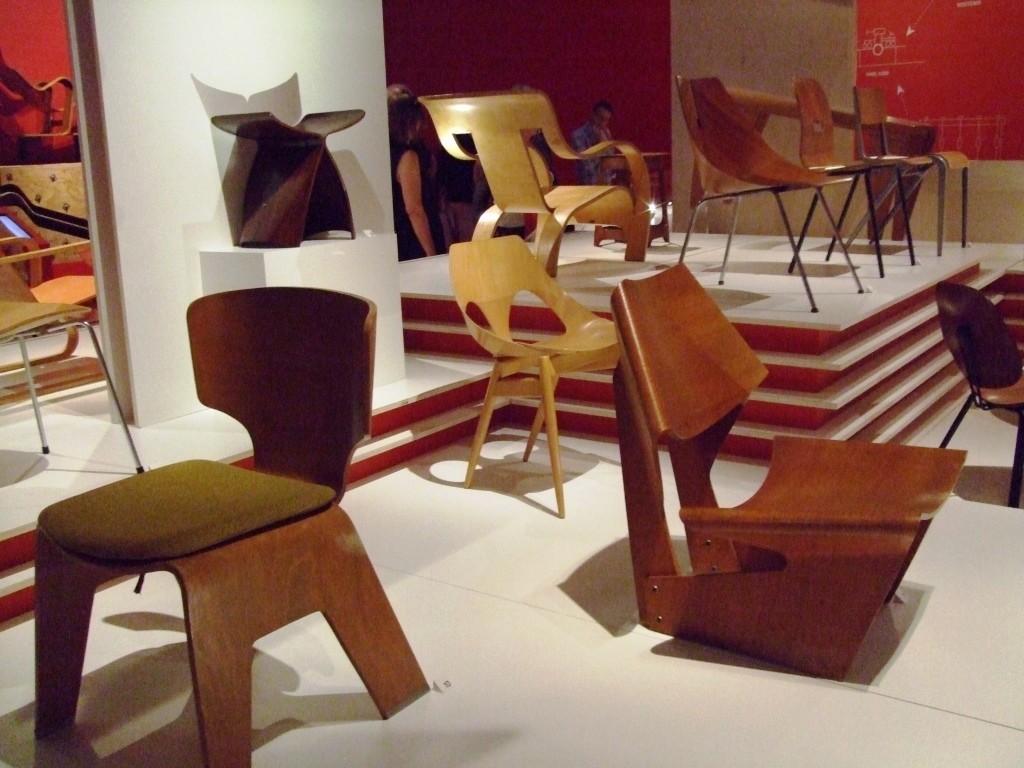The Marseille-based gallery, Kolektiv 318, and the Estonian Design House collaborate to showcase Estonian design at the Le Corbusier-designed Unité d’habitation in the second largest city of France.
Entitled “Estonian Modern”, the exhibition will be held at the Unité d’habitation in Marseille and will comprise of two exhibitions. “Luther & Isokon” will explore the unexpected and far-reaching connections between Estonia, the UK and the German Bauhaus style, while “Size Doesn’t Matter” will focus on contemporary Estonian design. A pop-up store will offer a selection of contemporary designers and brands.
“Size Doesn’t Matter”
In collaboration with Ilona Gurjanova, the curator of the exhibition, “Size Doesn’t Matter”, Kolektiv 318 has selected several iconic Estonian contemporary lamps and furniture for the display.
Modular shelves, indoor swings, modernist lines furniture, brutalist ceramics will be staged, highlighting the functionality and inventiveness of the design made in Estonia – an intelligent aesthetic playing with light and polychrome, as well as purity of lines and natural materials.
“Luther & Isokon”
The exhibition “Luther & Isokon” was shown for the first time in Tallinn in September 2018 and is organised in collaboration with the London-based Isokon Gallery. The latter was created in 2014 to tell the remarkable story of the Isokon building – situated in Hampstead, London – also known as Lawn Road Flats, inaugurated in 1934 as a progressive experiment in new ways of urban living. Central to the Isokon story is the former Estonian plywood manufacturer A. M. Luther (Luterma), whose materials provided the inspiration for some of the most radical furniture designs of the twentieth century.
The exhibition, running in Marseille from 15 December 2018 until 15 January 2019, is exploring the key role played by Luther and plywood in this architectural project.
The exhibition introduces the owners, Jack and Molly Pritchard, and the architect, Wells Coates, who conceived and designed the building and presents some of the purpose-made furniture that formed part of the new vision of an elegant and affordable modern lifestyle. Among the many distinguished residents who lived there during its prime years in the 1930s, were the writer Agatha Christie, the Bauhaus School founder Walter Gropius and Hungarian painter and photographer László Moholy-Nagy.
Estonian pop-up store
In parallel, an Estonian pop-up store will be hosted at Gallery 318, located in the heart of the winter garden on the third floor of the Unité d’habitation, offering a selection of gifts and decorative objects, such as posters, ceramics, plaids and wooden toys – evoking the winter in Estonia and the Christmas traditions in the Baltics.
Unité d’habitation buildings were designed by Swiss-French architect Charles-Édouard Jeanneret, known as Le Corbusier. The first and most famous of these buildings is in Marseille and was built between 1947 and 1952. One of Le Corbusier’s most famous works, it proved enormously influential and is often cited as the initial inspiration of the Brutalist architectural style and philosophy.
I
Images courtesy of the Estonian Design House, except where stated.




